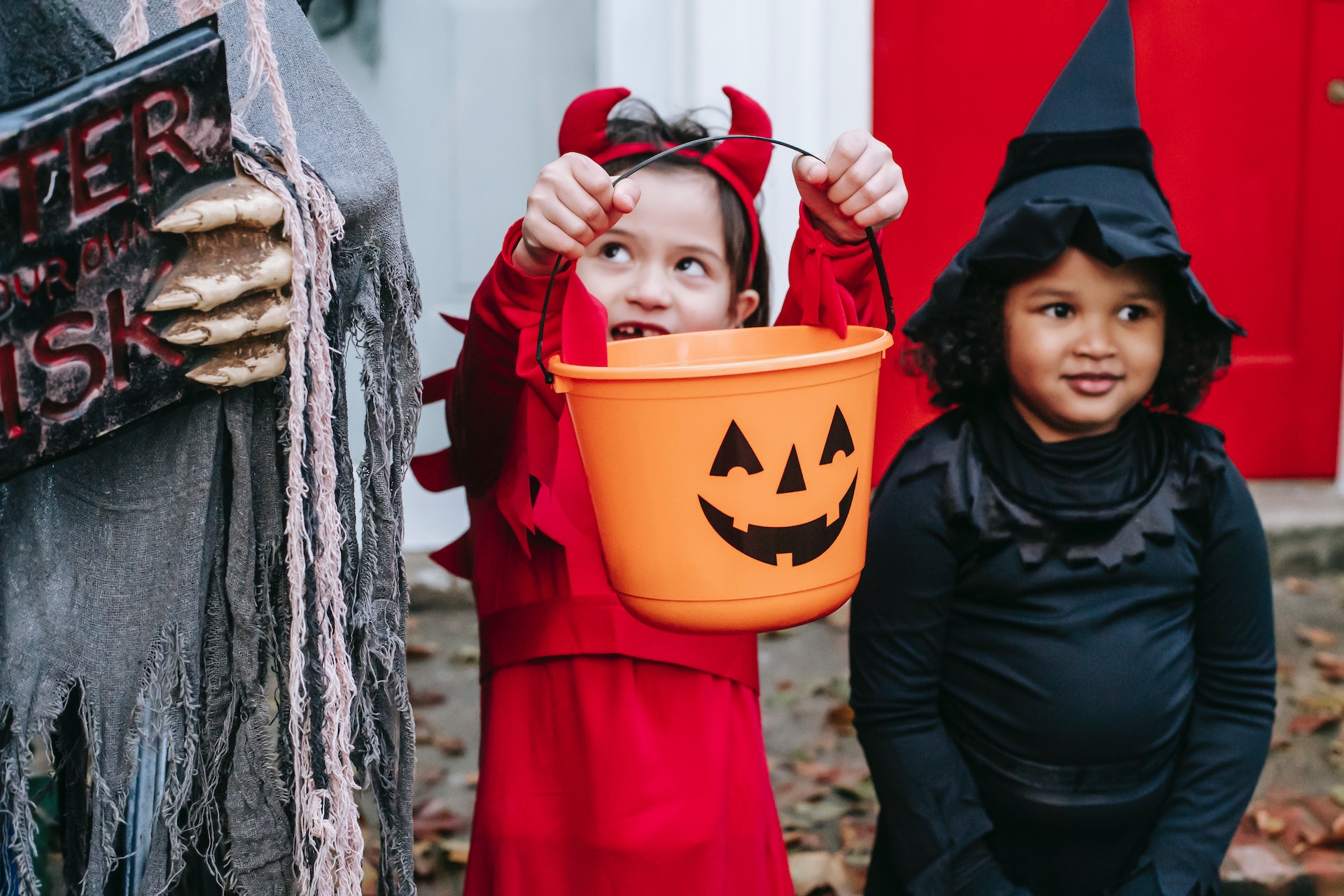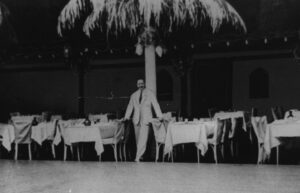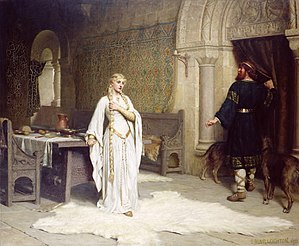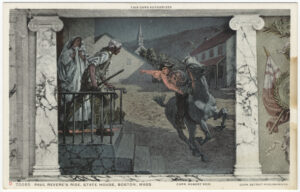
“Trick or Treat!” – “Trick!”
Quick Blog post – Halloween Edition
Most people are aware that Halloween festivities date back centuries. Whether celebrating the end of summer, conclusion of the harvest season, or more commonly commemorating the deceased, Halloween included the donning of costumes and journeying from house to house in search of food or a few coins. Dating back to at least the 15th Century, Christian Halloween celebrations included the handing out of a small pastry or soul cake to the revelers in return for promises of prayers for the dead.
Fast forward to present times where Americans will spend $8 billion on Halloween candy, costumes and decorations. $2.5 billion of that figure will be to purchase candy. 1/2 billion will be spent on pet costumes. Yes. Pet costumes. Halloween should be the celebration of American consumerism. Perhaps we can hand out soul cakes with promises of Trick or Treaters to pray for our drained bank accounts.
But how did the phrase “Trick or Treat” originate? The history of Halloween remains rich with folks performing simple tricks in exchange for treats. In some cultures, the trick could be reciting verse or performing scenes from plays in return for food. These performances would appease the souls of the dead believed to roam the lands at Halloween. In 1593, Shakespeare references this tradition in The Two Gentlemen of Verona. With such practices going back to the 1400s or earlier, use of the phrase “Trick or Treat” remains a quite recent development.
“Trick or Treat” is distinctively North American. The phrase was coined in Canada or the U.S. in the 1910s or 1920s. The first written reference to its use appears in a 1927 newspaper article:
“Hallowe’en provided an opportunity for real strenuous fun. No real damage was done except to the temper of some who had to hunt for wagon wheels, gates, wagons, barrels, etc., much of which decorated the front street. The youthful tormentors were at back door and front demanding edible plunder by the word “trick or treat” to which the inmates gladly responded and sent the robbers away rejoicing.”
Trick or Treating, as we know it today, began around 1910. In honoring older customs, these early, modern day trick or treaters would be ready to perform a trick to earn a treat. By the 1920s, the “tricks” began to dominate the “treats” with escalation to mostly harmless vandalism as reported in the 1927 newspaper account. During the Great Depression in the 1930s, trick or treaters did not enjoy the best reputation as they became synonymous with beggars which were way too common in society.
Costumed Halloweeners greeting households with “Trick or Treat” limped their way through the 1930s with the practice abruptly, completely halted in 1942. Due to World War II sugar rationing, there were no treats and, therefore, no trick or treating until after the war. By 1947, trick or treating re-emerged but not without distractors. In 1948, the Madison Square Garden Boys Club in New York City protested trick or treating in a parade in which they carried a sign reading: “American Boys Don’t Beg”. Imagine a group of boys protesting free candy or treats. There must be more behind that story.
By 1951, the “Trick or Treat” catch phrase appears to have become firmly established in our culture when the characters in the iconic Peanuts comic strip yelled “Trick or Treat” at someone’s door. A 1952 Disney cartoon followed the challenges of Donald Duck taking his nephews Huey, Dewey and Louie trick or treating where they used the greeting throughout. “Trick or Treat” became mainstream by the early 1950s.
The practice of demanding a trick has all but been abandoned. Apparently, a few neighborhoods in St. Louis, Missouri and Des Moines, Iowa still demand a trick prior to securing a treat. Of course, there is also the lone old man in northern New Jersey who engages in this practice. While trick or treating in my suburban New Jersey neighborhood many decades ago, at one particular house, the refrain of “Trick or Treat!” was met with the old man sternly demanding “Trick!” in response to the kids at his door. In order to reach the promised land of full-sized candy bars in his dish, each child had to perform a trick. We commonly used the “I can make myself disappear” trick and stepped behind a fellow trick or treater for a few seconds. A childhood friend later reflected that the old man never said it had to be a good trick. With candy bars secured, we moved on. While the old guy remained somewhere between scary and funny, he stands out as distinct among Halloween memories.
Where Halloween activities began centuries ago, Ireland, Scotland and England, it was not until the 1980s that the phrase “Trick or Treat” began to be used. However, as traditionalists, some of these cultures possessed great difficulty accepting the Yankee influence on the celebrations their ancestors invented. A BBC journalist referred to use of “Trick or Treat” as “making demands with menaces”. It appears that a good contingent in these countries wanted to return to the greeting: “Help the Halloween Party”. I guess the phrase: “We are costumed to calm the wandering spirits and you must provide soul cakes” was already taken by others.
With alliteration, “Trick or Treat” flows freely off the tongue and can even be proclaimed while a piece of candy is already stuffed in one’s mouth. “Trick or Treat” concisely captures the history and essence of Halloween traditions. A costume, a modest performance, or a simple trick may appease the spirits among us. Offering nuts, apples, coins, soul cakes, or more recently candy in response better ensures that the spirits will not trouble our thresholds. Three simple words of greeting: “Trick or Treat” embodies centuries of traditions. The amazing part is not that we use “Trick or Treat”, but that it took us five hundred years to come up with such a simple phrase.
When you open your door and hear “Trick or Treat”, remember that these kids are only doing their part to try to keep you safe from menacing, lost souls of the dead let loose at this time of year. Be generous with your response in the form of abundant, quality candy so that the wandering spirits will pass by your abode. Or, simply be like the scary old guy who demands a “Trick!” Either way, Happy Hallowe’en.




